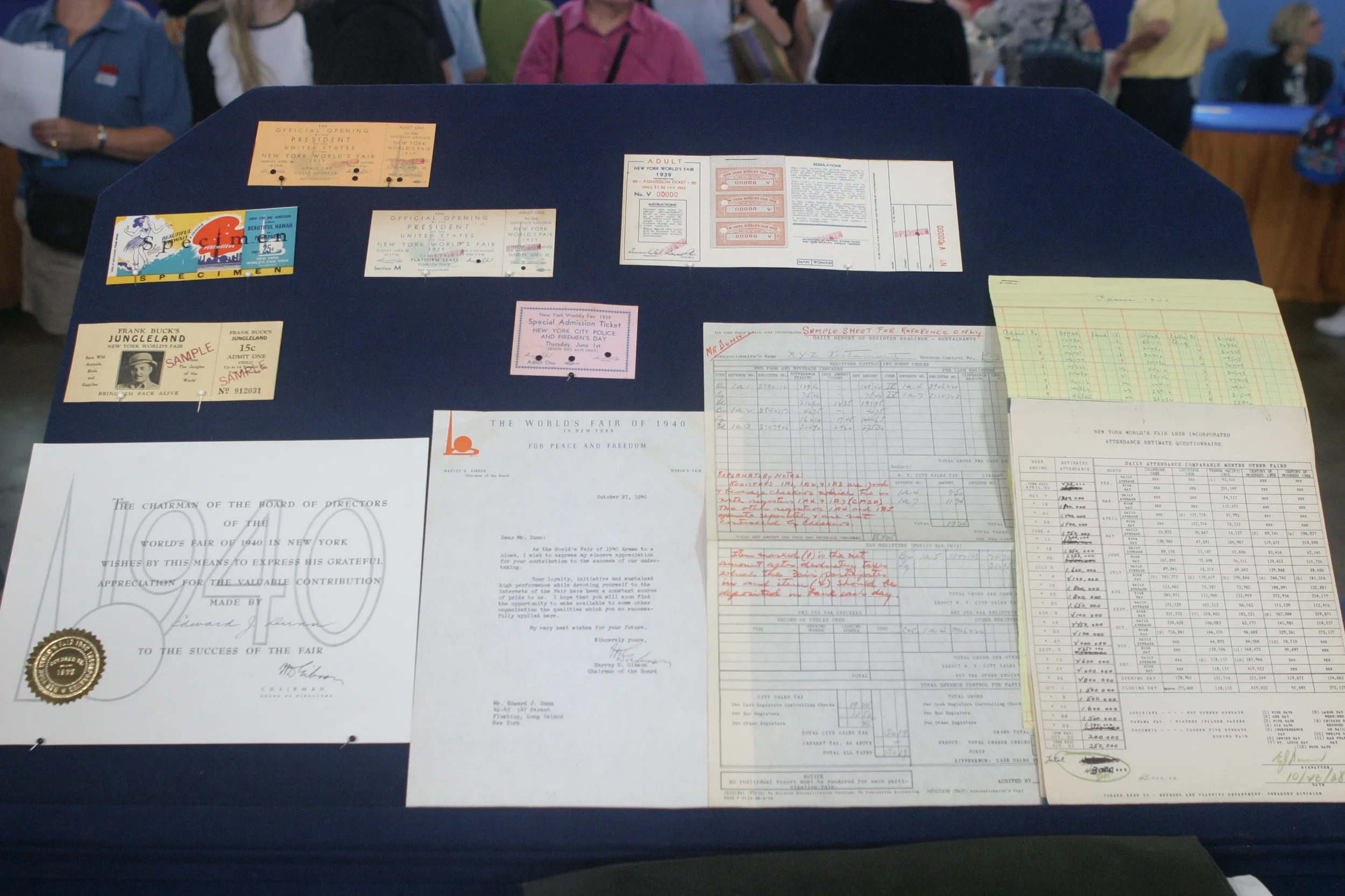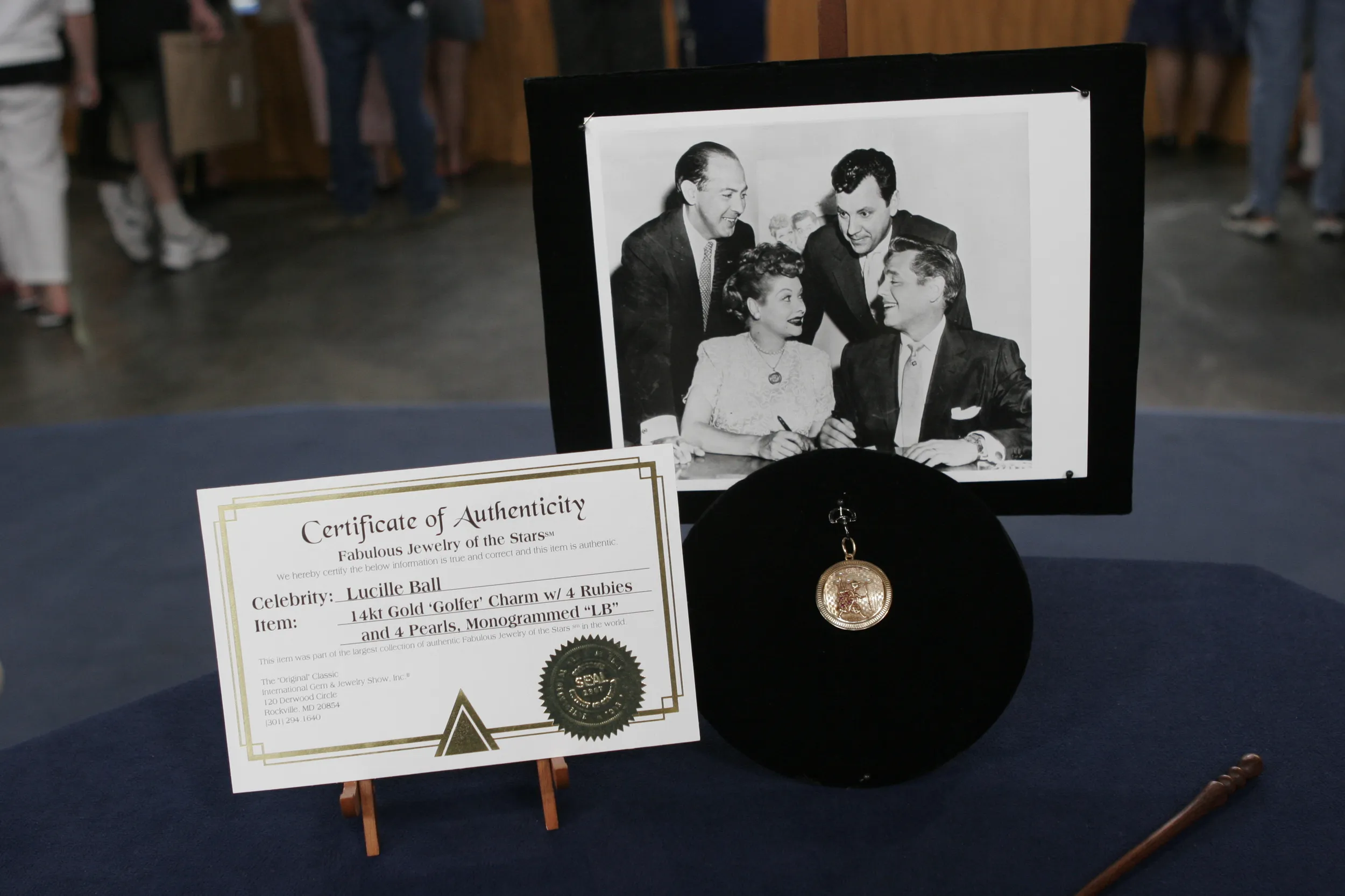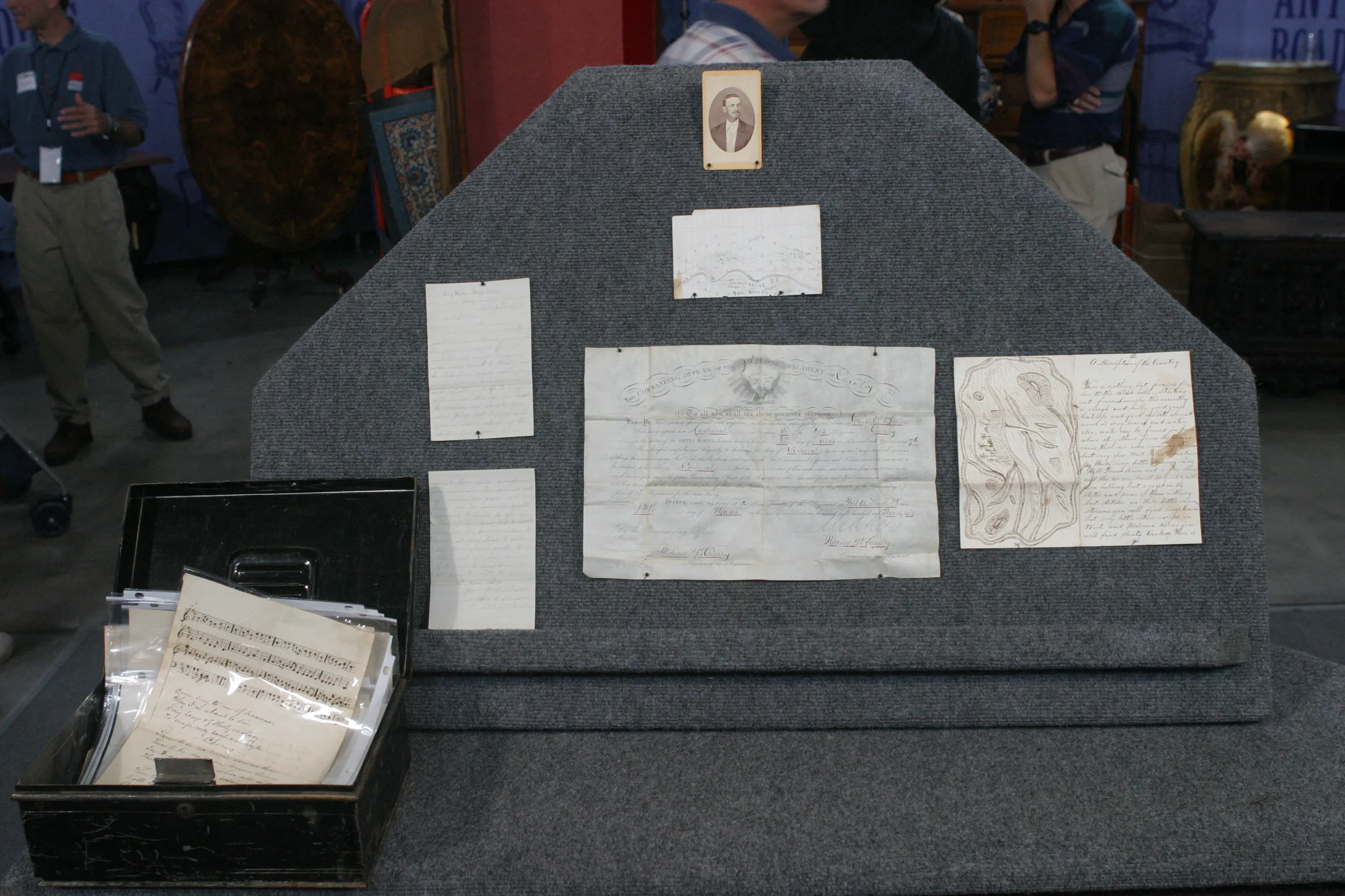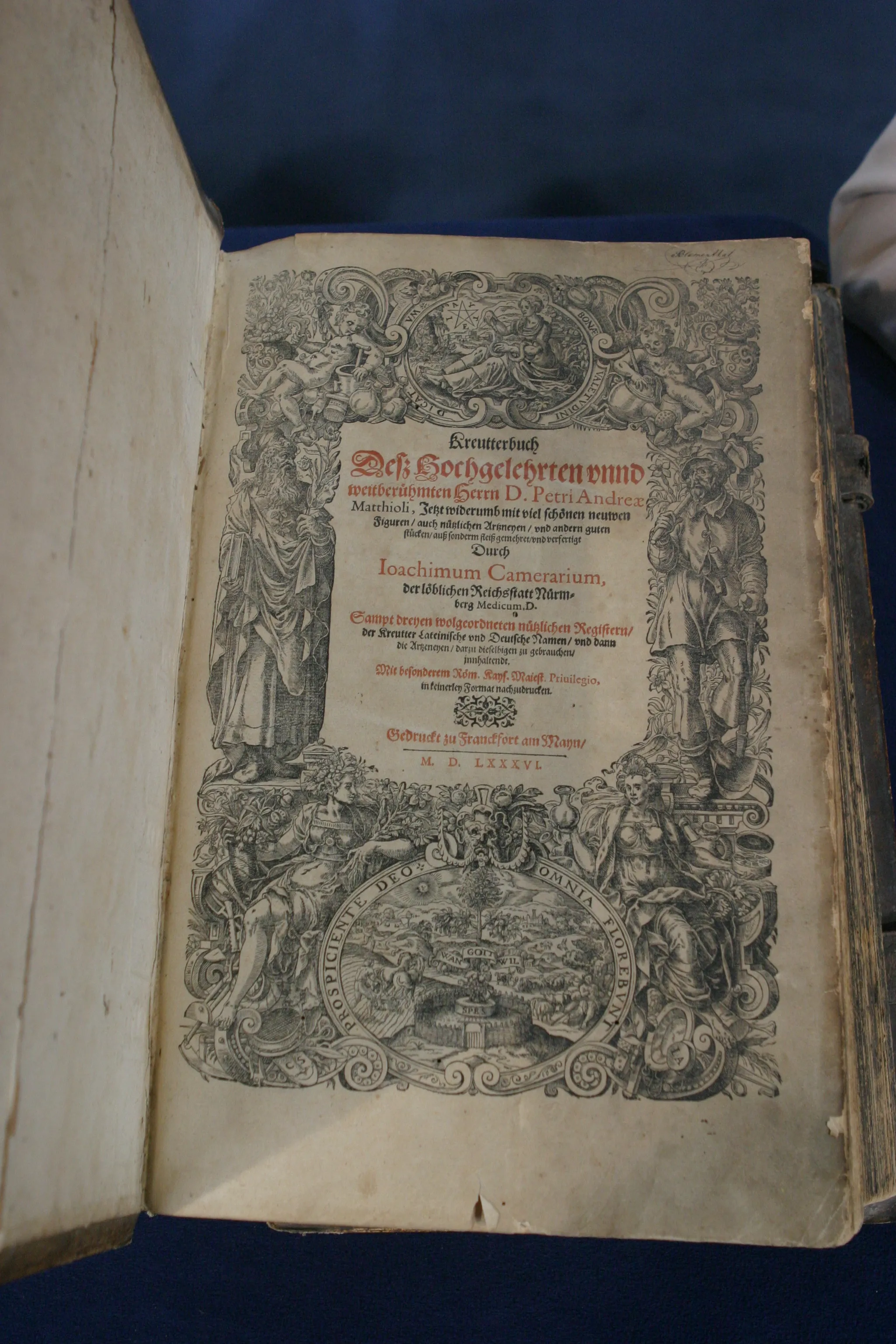GUEST: This is a shotgun that my great-great-grandfather in the Civil War captured three days before the signing of the, the end of the war at Appomattox.
APPRAISER: And who was your great-great-grandfather?
GUEST: Charles Porter Mattocks. He was a Mainer who fought with the 17th of Maine.
APPRAISER: You could make a Hollywood movie about Charles Mattocks' military career. He serves through the entire war with the 17th Maine, and in early 1864, he's actually transferred to the 1st U.S. Sharpshooters.
GUEST: Correct. Yeah.
APPRAISER: Berdan's Sharpshooters, probably the most famous elite regiment to fight during the Civil War. And he fights with them through the Wilderness. That's where he's captured, and then of course, he gets back to the regiment, right in the closing days of the war and one of the last major actions, of Sailor's Creek. There, Custer's cavalry captures over 300 wagons, and your ancestor leads a charge that not only won two Confederate battle flags, it also secured these wagons. And among the wagons' contents were items that belonged to Confederate General James Longstreet. James Longstreet is one of the most reviled and yet one of the most praised of Confederate generals. Like so many Southerners of the time, when his home state seceded, when the South seceded, he resigned his commission in the Union Army and he went and followed the South. Particularly after Stonewall Jackson's death, Longstreet was certainly the major lieutenant for Lee. He was his most trusted general, his "Old War Horse," as he called him. After the war, he became a Republican, he supported Grant, his old friend, in his run for the presidency. And actually ended up having several different governmental posts, including ambassador to the Ottoman Empire, Turkey. All because he was supportive of the Republican cause.
GUEST: Mm-hmm.
APPRAISER: But of, for, course, that meant that in the South, he was considered a traitor and a turncoat. It's a high-quality Mortimer shotgun. The Mortimer family was in the gun business for a very long time, based in London. They also had offices in Edinburgh. And based upon the Edinburgh addresses on this label, we know that this gun would have been manufactured between 1840 and 1854. This is a much nicer gun than your typical gun. Wonderful banknote scrolled engraving on the locks and the tang and the butt plate. It's a high-grade gun. Sometimes talking about the Civil War, its causes, and material that's related to the Southern Confederacy can be upsetting, disturbing, because it's sensitive. It, it, it's a, a dark period in our nation's history. But also, you get to see what the moral fiber of a person allows you to do to go forth and to fight for the rights of other humans. As a gun with no history, with the case, with the accessories, it's probably a $1,500 to $2,000 gun. The subjective part is, what is the value of the gun because of all of the historical associations? In the summer of 2021, some very well-provenanced Old West guns sold for exorbitant numbers. Far exceeded their auction estimates. One gun that probably was only worth a few thousand dollars as a gun sold for $6 million.
GUEST: Wow.
APPRAISER: So that indicates there's an incredibly strong market right now for guns with strong historic provenance. And this has, near as I can tell, ironclad, wonderful provenance. The lowest number we came up with for a low estimate at auction was $50,000.
GUEST: Wow.
APPRAISER: We honestly cannot agree on a high number. We think that very legitimately an auction estimate of $50,000 to $100,000 is conservative. I wouldn't be surprised if, in the right setting, because of the provenance, it approached seven figures.
GUEST: It's fascinating to hear all that and interesting that collectors would pay that much for it. But, uh...
APPRAISER: Well, I'm...
GUEST: ...I'm not surprised.
APPRAISER: (laughs) And I'm not aware of any other directly-owned-by-Longstreet- type items that are available.











